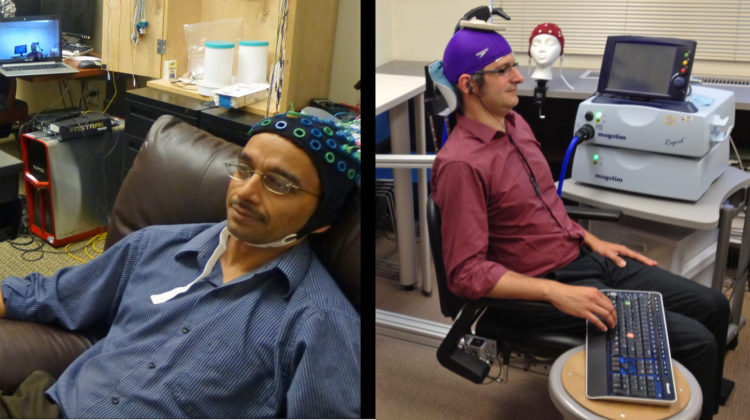It’s like something out of the matrix. Rajesh Rao of the University of Washington created the first human-to-human brain interface. Perhaps creating the very definition of a helping-hand, Rao used electrical activity from his own brain to control the hand movements of a colleague.
Using an Electroencephalography (EEG) machine to record, interpret and send the signal from Rao over the Internet. His colleague, on the other side of the university campus, received the signal via a Transcranial Magnetic Stimulation (TMS) coil placed over that part of the brain which determines hand movement.
With some practice, the pair were using the brain interface to play a simple computer game with 100% success.
Rao, who has been working on brain-computer interfaces for 10 years, explained:
“It was both exciting and eerie to watch an imagined action from my brain get translated into actual action by another brain. This was basically a one-way flow of information from my brain to his. The next step is having a more equitable two-way conversation directly between the two brains.”
What would you use this technology for? Getting some help completing the final stages of Grand Theft Auto? Hiring in some skilled hands for a spot of amateur surgery?
Photo (c) University of Washington. Original experiment posted on the University of Washington website.

